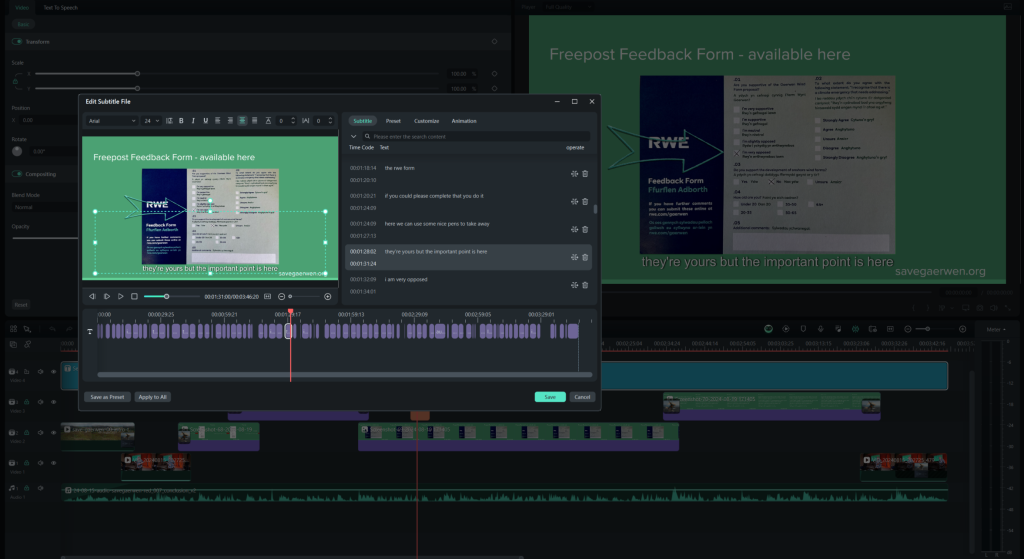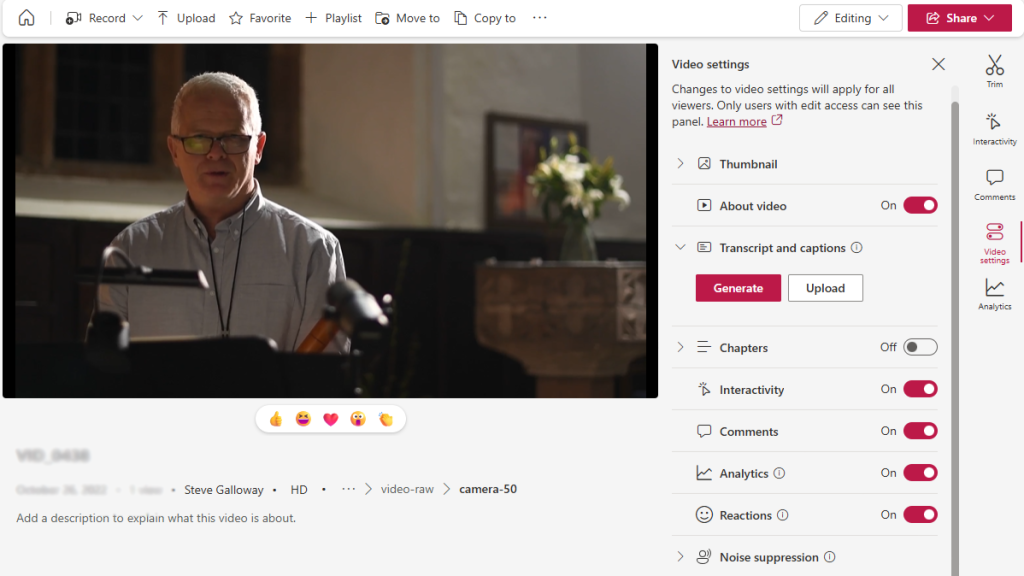
Captions and subtitles in your video production for social media help to communicate your message to reach broader audiences:
- Accessibility: captions make your content accessible to those who are deaf or hard of hearing.
- Sound-Sensitive Environments: Viewers often watch social media content using “mute” in public places or quiet settings. Captions allow your viewers to engage your content when sound is muted on user devices.
- Engagement: Captions catch viewers’ attention and help retain it, especially on fast-scrolling social media feeds.
- Comprehension: Captions make it easier for non-native speakers to understand content, especially when speakers have accents or speak quickly.
- SEO Benefits: Captions and subtitles improve search engine indexing, making videos more discoverable and increasing reach via search engines like Bing, Google, and others.
How to use this page
Tap or click the grey headers to toggle open and close sections as you browse this article to find out more about how subtitles and captions work when video content is created.
Subtitles, closed captions, open captions
Subtitles
In earlier times, film producers used subtitles to translate dialogues into second languages. If you wanted to see a James Bond film in Sweden the cinema would show an English film using Swedish subtitles. Today, captioning is common in television broadcasting, not just video production.
Video editors embed subtitles in footage using tools more associated with special effects. This permanently fixes text into a timeline. It is time consuming. We use subtitles in “intros”, “outtros”, or perhaps to mark a new scene or to establish date. To correct a simple typo or spelling mistake you practically need to recompile an entire film. So, subtitles are permanent. By contrast, the technology for captioning is more flexible and less time consuming.
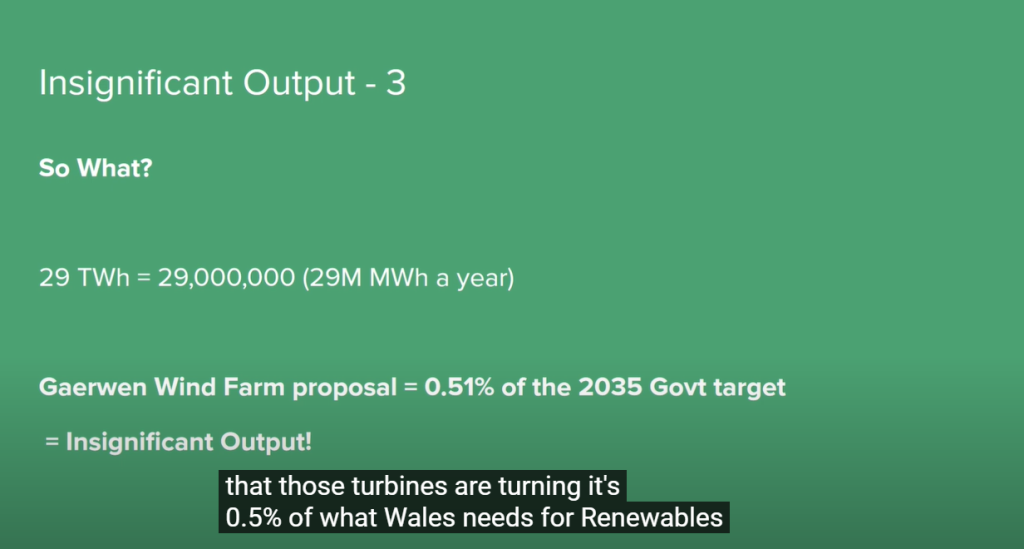
Closed captions
Closed captions are for people who watch content with their device’s sound either muted or turned off. This might be because they are in a public place. Also, if you watch a video in a foreign language captions help you to understand accents or cadence.
Open captions
Open captions are always visible and cannot be toggled off.
Social media platforms like YouTube and Vimeo provide captioning options which you can define in preferences. Provided a video is captioned, closed captions give viewers the choice to display captions or not.
In addition to transcribing dialogue, captions can indicate who speakers are and when a speaker starts their line. Also, captions can indicate when music is playing in the background or other scene features.
How are captions created?
When you create captions, text has to be coordinated with action and/or dialogue in video footage. We do this during video production using a plain text file called a .srt file, or SubRip Subtitle file. The file contains the subtitle text along with timing information. This synchronises text and action. Sometimes, text or timing adjustments help to make reading easier. Each caption entry in a .srt file includes:
- Sequence Number: denotes the order of the captions,
- Time Codes: specifies when a caption should appear and disappear,
- Subtitle Text: The text that you want to display for the caption.
Here is a screenshot of the beginning of a .srt file. The format is uniform. Note how the timecode defines the duration of the caption text, and includes milliseconds:
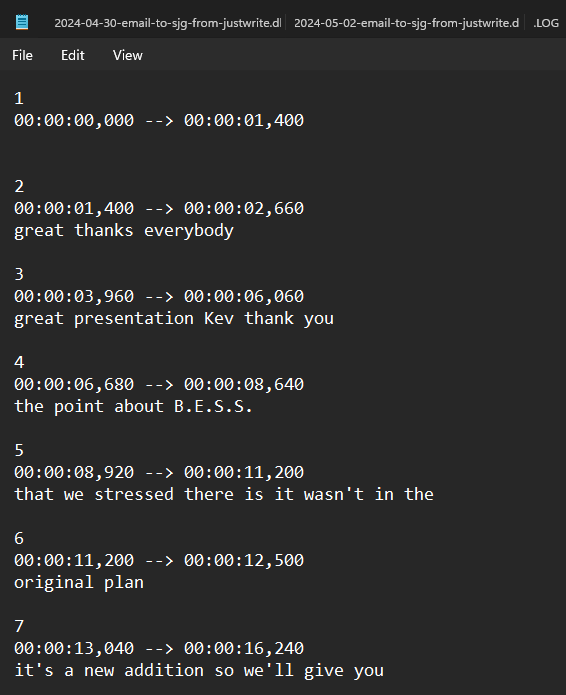
Standard file formats for captions include .srt and .vtt. Other formats include:
- MXF/IMF
- TTML
- XML
Auto captioning
AI and auto-captioning
In your YouTube or Vimeo account, you can set preferences to begin auto-captioning a videos when you upload it. It can take some days for providers to generate closed captions. Remember that auto-generated output depends upon the quality of the recorded audio. Also, accuracy depends on the quality of a speaker’s diction which might include “umm”, “ahh”, or other miscues. AI has made life a lot easier and speech to text tools save time. When you create captions automatically though, the output needs editing to improve readability, accuracy, and appearance.
Providers like YouTube provide in-line utilities for caption editing once the content is generated. Manually authored .srt files can be uploaded too. Professional services, like Microsoft Stream, provide real-time options for caption/transcript/translation. These kinds of services are developed to cope with video conferencing and commercial applications like conferences, seminars, and conventions.
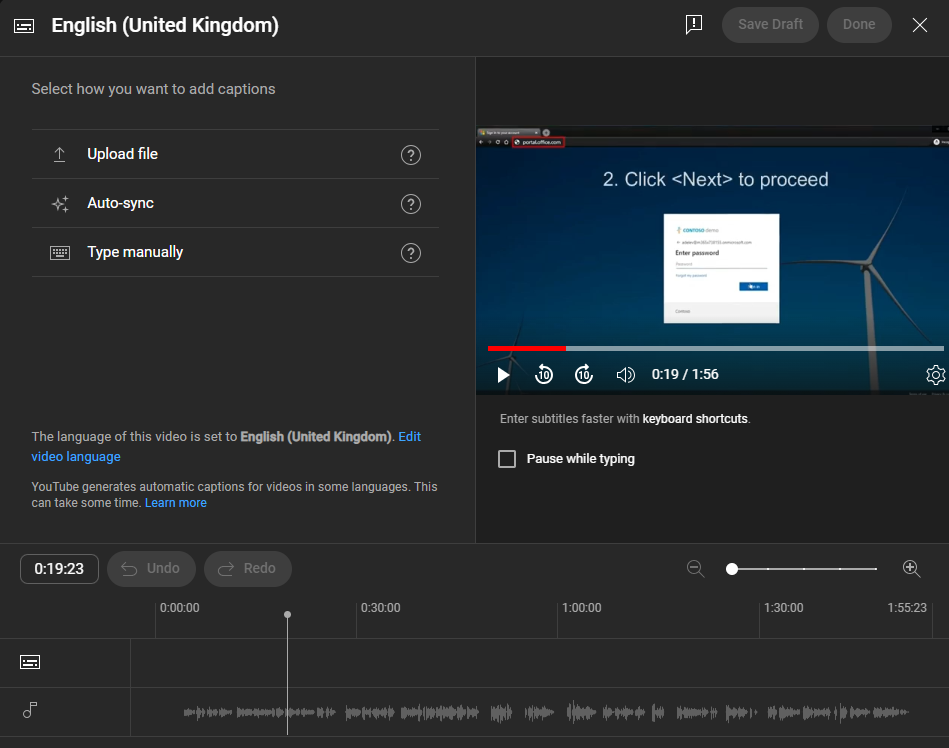
Self authoring captions
Video producers enjoy acess to a range of utilities within their video production software suites and/or standalone software to develop captioning during the production stage. Widely used applications include Filmora and Davinci Resolve.
Also, an editor will generate a .srt file which is then edited within the software suite or in something as simple as Notepad. Editing can include indicating background music or noise, and speakers names as they begin their dialogue. Screenplays can also be used to develop captions. There are free and paid caption editors.
